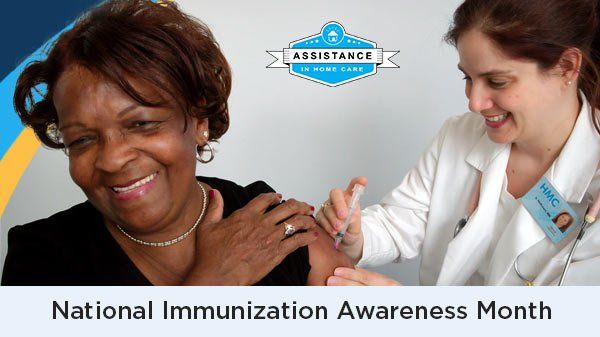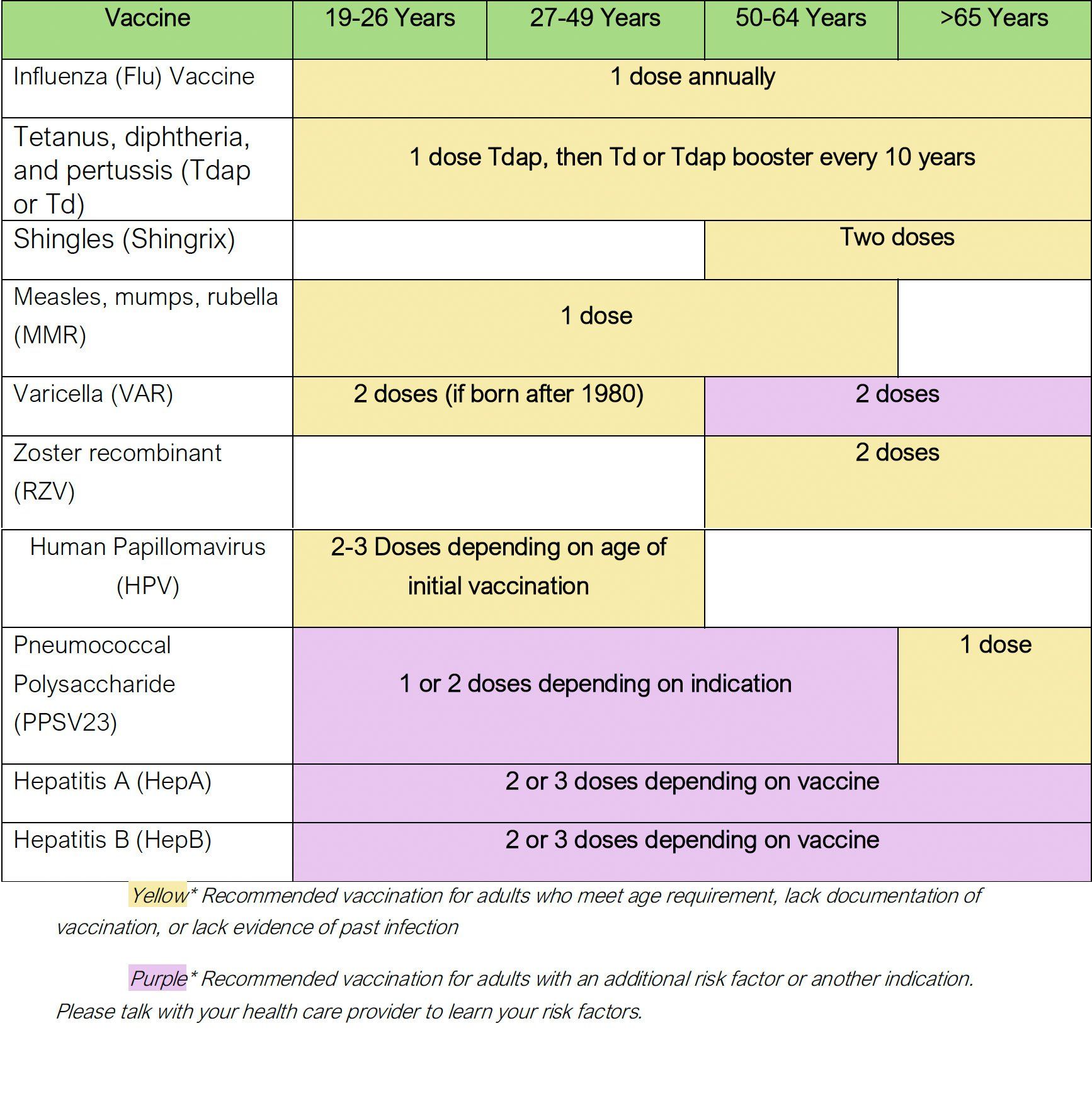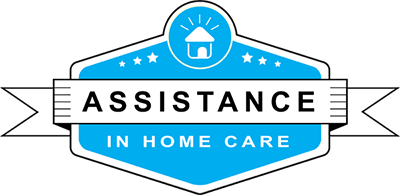AIHC’s Top 10 Recommended Vaccinations for Adults
October 20, 2021

As we get older, keeping track of what vaccinations we need may become overwhelming. Luckily, we know where you can start. AIHC has created a vaccination timeline for adults 19 years or older based off of information from the Centers of Disease Control and Prevention (CDC). AIHC encourages that you communicate with your healthcare provider to learn the steps you or a loved one needs to take to remain healthy.

Resources

Dementia is a progressive condition that affects memory, thinking, and behavior. It impacts not only the individual but also their family and support system. While each person's journey is unique, dementia typically follows a pattern of progression—from mild memory lapses to significant cognitive and physical decline. Recognizing the signs at each stage and understanding how care needs evolve can help families plan effectively for their loved ones. In-home care plays a vital role in maintaining comfort, safety, and dignity through every phase. Early Stage: Mild Cognitive Changes What to Expect: Occasional forgetfulness (e.g., names, appointments) Difficulty finding words or concentrating Trouble with planning or organizing Mood changes, including anxiety or irritability How In-Home Care Can Help: In the early stage, most individuals are still independent and aware of their diagnosis. However, they may benefit from structured support: Help with scheduling and reminders (e.g, medications, appointments) Light housekeeping and meal preparation Companionship to reduce isolation and depression Transportation for errands and social visits Guidance with setting up routines and safety measures at home Establishing a caregiver early can also build familiarity and trust, making the transition into deeper care smoother later on. Middle Stage: Increasing Confusion and Dependency What to Expect: Noticeable memory loss and confusion, especially with recent events Difficulty recognizing familiar people or places Repetitive speech or questions Struggles with dressing, bathing, or cooking Wandering or becoming lost Behavioral changes like agitation, suspicion, or aggression How In-Home Care Can Help: At this stage, supervision and hands-on support become essential. A trained in-home caregiver can provide: Daily assistance with personal care and hygiene Structured routines to reduce confusion and stress Redirection and reassurance during moments of agitation Fall prevention and home safety modifications Help with meals and monitoring nutrition Respite care to give family members a needed break Middle-stage dementia is often when families begin to feel overwhelmed. In-home care can ease the burden while preserving the individual's sense of home and a sense of belonging. Late Stage: Full Dependence and Decline What to Expect: Significant memory loss and limited communication Loss of mobility and incontinence Trouble swallowing and increased risk of infection Full dependence on others for all activities of daily living Increased need for comfort and palliative care How In-Home Care Can Help: In the final stage, comfort and quality of life are the highest priorities. In-home caregivers provide: Complete personal care, including bathing, feeding, and toileting Bedside assistance to prevent bedsores and maintain mobility Gentle companionship and sensory stimulation (music, touch) Pain management and coordination with hospice or medical teams Emotional support for family members during end-of-life care Even in the late stage, home can offer a peaceful, familiar setting that promotes dignity and calm. Adapting Care as Needs Evolve Dementia care is not one-size-fits-all. Needs change over time, and care plans should be regularly evaluated and adjusted. With the help of a dedicated in-home care team, families can navigate each stage with greater confidence and compassion. At Assistance In Home Care , we specialize in dementia care that evolves with your loved one. Our caregivers are trained to meet the unique challenges of each stage and are committed to providing respectful, personalized support throughout the entire process.

Last weekend, Assistance in Home Care had the honor of participating in Super Senior Saturday, a vital resource fair for seniors. This event is a beacon of support, providing seniors with a wide range of information on topics like insurance, home care, living trusts, durable medical equipment, and veteran benefits. In this blog post, we'll share our experience and the impact we had on over 100 attendees.
